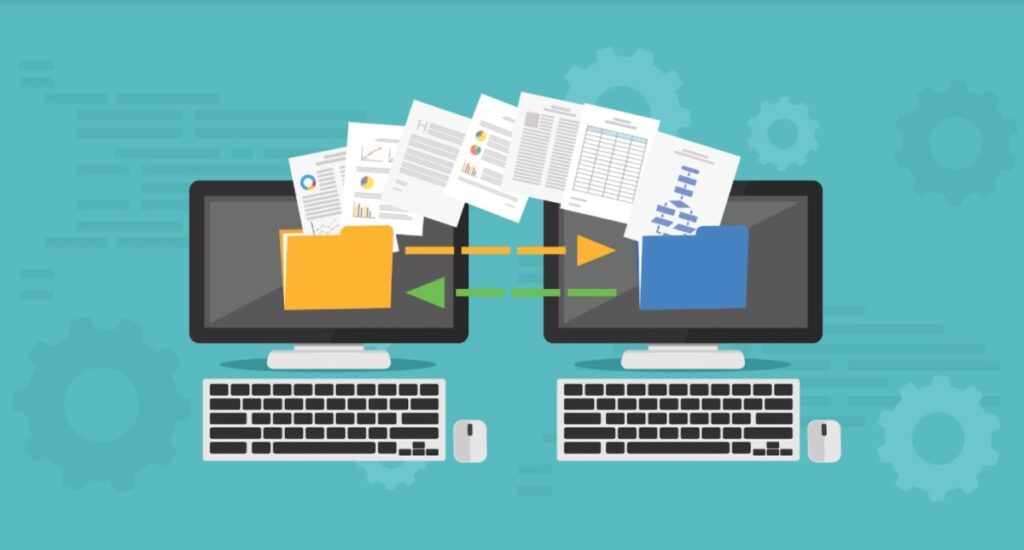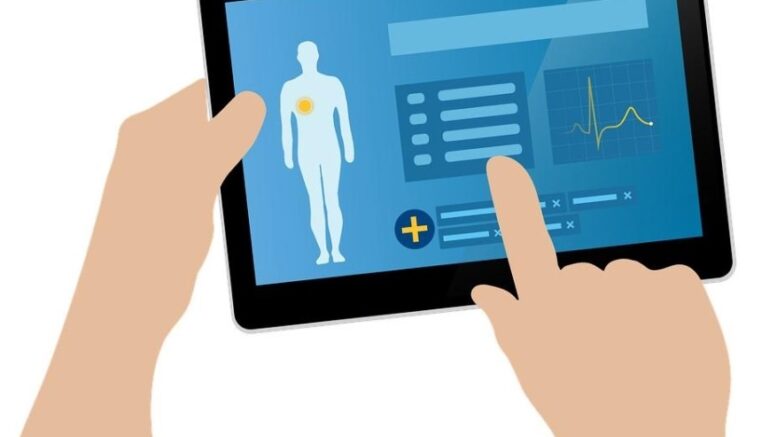In the last decade, healthcare organizations and practitioners alike have been adopting innovative technologies at a very fast pace.
But clinical workflow management remains a challenging issue for some owners/managers of medical clinics or private practices. There are even those who still live in the past, trying to manually organize patient records, appointment scheduling, and other administrative issues.
As healthcare providers are under pressure to do more in less time, technological solutions emerge to solve many of these issues. Process digitization and different types of apps and software help improve workflows, patient care, and clinic productivity.
Take a look at these 6 strategies to use technology to your advantage and improve your clinical workflows.
1. Streamline and Automate Manual Tasks
Do your staff keep calling patients to remind them of their appointments? Do doctors and nurses still manually fill in medical records and then take a lot of time to locate important information?
You can simplify and streamline many of these repetitive, boring manual processes using automation. It even helps to avoid human errors – such as a medical chart that gets lost or an appointment that is not noted in the clinic schedule.
Communication software can work miracles to free your front desk staff from scheduling and reminding patients of their appointments, while internal communication apps help keep everyone on the same page.
2. Paperless Automation During Patient Visits
Checking in and out of patients can be time-consuming when your clinic still does everything manually. And the staff can fill in the wrong data and send the bill to the wrong address.
By automating both moments, you decrease the time spent with the patient before and after their medical appointment. That way you avoid keeping patients in the waiting room before and after they see the doctor, when they may even be experiencing some pain or discomfort.
3. Practitioner-centered EHR
Adopting an electronic health records (EHR) system significantly reduces the time spent gathering, archiving, and locating patient information – especially when compared to paper files. What is revenue cycle management’s benefits for medical providers? A user-friendly EHR with simplified functions improves workflow and helps you find files and track important data in them much faster. It’s also much simpler to share the data with other providers when needed.
But the design of EHRs must be friendly to professionals who are more directly involved in filling and analyzing these files. Otherwise, the whole process will remain time-consuming and confusing.

4. Support Complex Decision-Making Through Streamlined Data Management Systems
The day-to-day of a clinic requires making complex decisions based on test results, for example. Sometimes decisions are made under stress or to meet a very short deadline, and this ends up affecting everyone’s work (in addition to increasing the risk of medical errors).
Automating decision-making processes through modern data management systems is a fundamental strategy to reduce this possibility of human errors and increase the quality of test and diagnostic results.
5. Roll-out a Pre-registration System
The need to automate the patient check-in has already been mentioned. A practical solution is to implement a pre-registration system.
When making an appointment through mobile phone, computer, or tablet, the patient already pre-registers and provides some important information about their health and symptoms,
Patients can even confirm personal information such as a home address, insurance details, payment information, etc. If you still do all this in person, think about the time and effort you’re wasting.
6. Partner With the Right Technology Experts
When adopting technologies to implement the above strategies, choose providers that aren’t only IT specialists, but also know the reality of a healthcare facility.
You can ask them to visit your clinic to conduct an on-site clinical workflow assessment, so they understand how the digital solutions they offer fit your needs. They can even identify some issues and gaps you didn’t even know existed.
Technology and Health Always Go Together
Health facilities are complex structures, with very particular tasks. That’s why a healthcare provider must maintain a good clinical workflow. It can be challenging if you still insist on doing everything manually. Or uses the available technology in the wrong way.
Stop what you’re doing and think about your patients. Think about how they are forced to go through a series of inconvenient processes before and after their medical appointment – when they’re very vulnerable.
Think about how you can relieve them of this burden by digitizing and modernizing processes.
It increases efficiency and saves time and money. But mostly it avoids an annoying and problematic routine for your patients.
